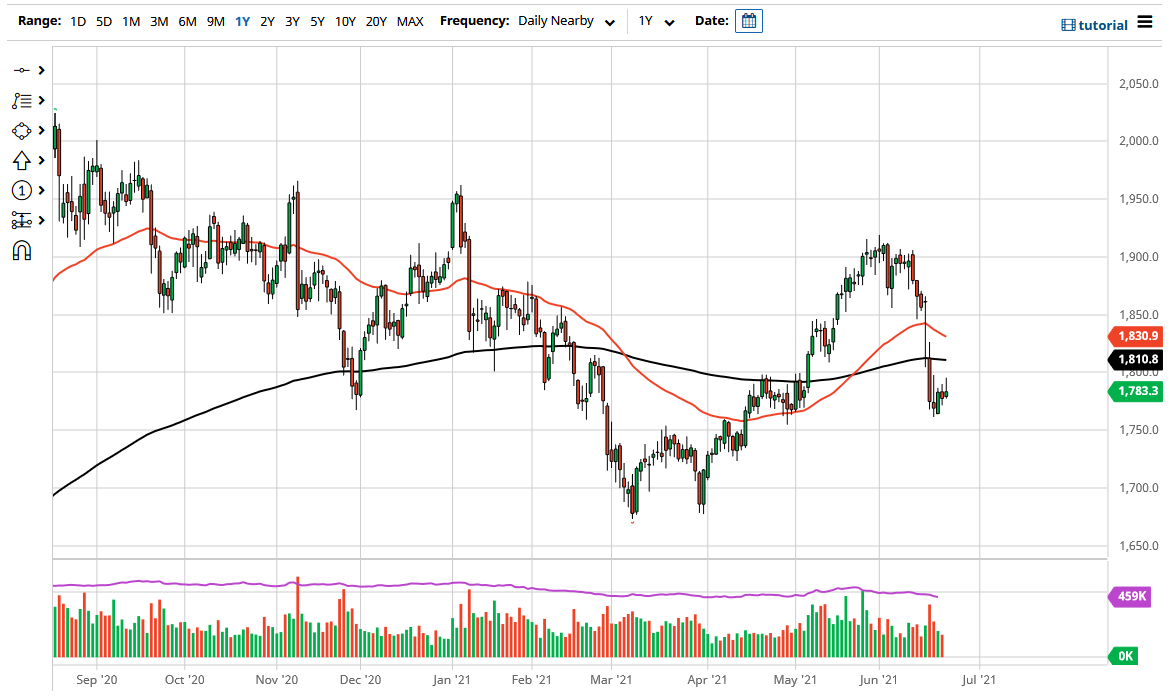By the end of last week’s trading, the price of gold retreated to the level of $1770 after attempts throughout the week’s transactions to breach the level of psychological resistance of $1,800. What added to gold's losses was the return of US Treasury bond yields, which had always been a factor affecting gold's performance in the recent period. At the same time, the decline of the dollar had the effect of stopping mitigating gold's losses. Since the beginning of the year 2021, the gold price has suffered a loss of 7 percent.
Silver, the sister commodity to gold, has also come under pressure, and silver futures have slumped to $26.00 an ounce. The white metal suffered a slight weekly loss of 0.15%, in addition to its decline since the start of 2021 by about 2%.
Global financial markets are watching for the re-emergence of coronavirus infections in India and Japan. Both countries have seen a significant increase in new cases, as India broke the world record for COVID-19 for two consecutive days. Investors are also watching backlash from US President Joe Biden's proposal to raise the capital gains tax to 39.6% as part of his efforts to fund his agenda.
These developments initially affected stocks, bonds and the dollar, but some of the pressure was eased.
The benchmark 10-year Treasury yield increased to 1.57%. The US one-year Treasury yield fell to 0.061%, while the 30-year yield jumped to 2.254%. The performance of the bond market is crucial for metal commodities that have no returns because it raises the opportunity cost.
On the dollar side, the DXY Index, which measures the performance of the dollar against a basket of six major competing currencies, fell to the 91.09 support, and accordingly, the DXY incurred a weekly loss of 0.5%, reducing its rise since the beginning of the year 2021 to less than 1.3%. A weak dollar is beneficial for dollar-denominated commodities because it makes buying cheaper for foreign investors.
As for gold industry data, ETF fund flows have slowed in recent weeks, with average daily outflows reaching 1.5 tons in April, down from about six tons in March.
Commenting on the gold outlook, Commerzbank analyst Carsten Fritsch said in a research note, “We expect flows from ETFs and gold prices to rise again in the second half of the year. And after all, the gold's environment should brighten up significantly. Since the Fed will stick to its extremely loose monetary policy for a long time, bond yields and the US dollar should be weaker from the middle of the year. Consequently, the headwind will be converted into a tailwind.”
Relative to the prices of other metals markets, copper futures rose to $4,325 a pound. Platinum futures rose to $1226.00 an ounce. Palladium futures rose to $2,853.50 an ounce.
Technical analysis of gold:
The technical indicators on the daily chart still support the possibility of further gains for the price of gold, and the bulls' control over the performance will increase if the psychological resistance of $1800 is breached. The penetration of the resistance will increase buying of gold and strengthen the control of the bulls. This will depend on the continued pressure on the US dollar and the imposition of more global restrictions to contain the increasing infections in many countries of the world despite the launch of vaccines. Corona restrictions impede efforts to revive the global economy from the effects of the pandemic. Therefore, uncertainty increases, which is the most appropriate environment for gold to ascend at that time. In the event that the dollar recovers and investors ignore the increasing cases and focus is on economic recovery, the price of gold may return to the correction down to the support levels at $1758, $1745 and $1720. So far, I still prefer to buy gold from every dip.

